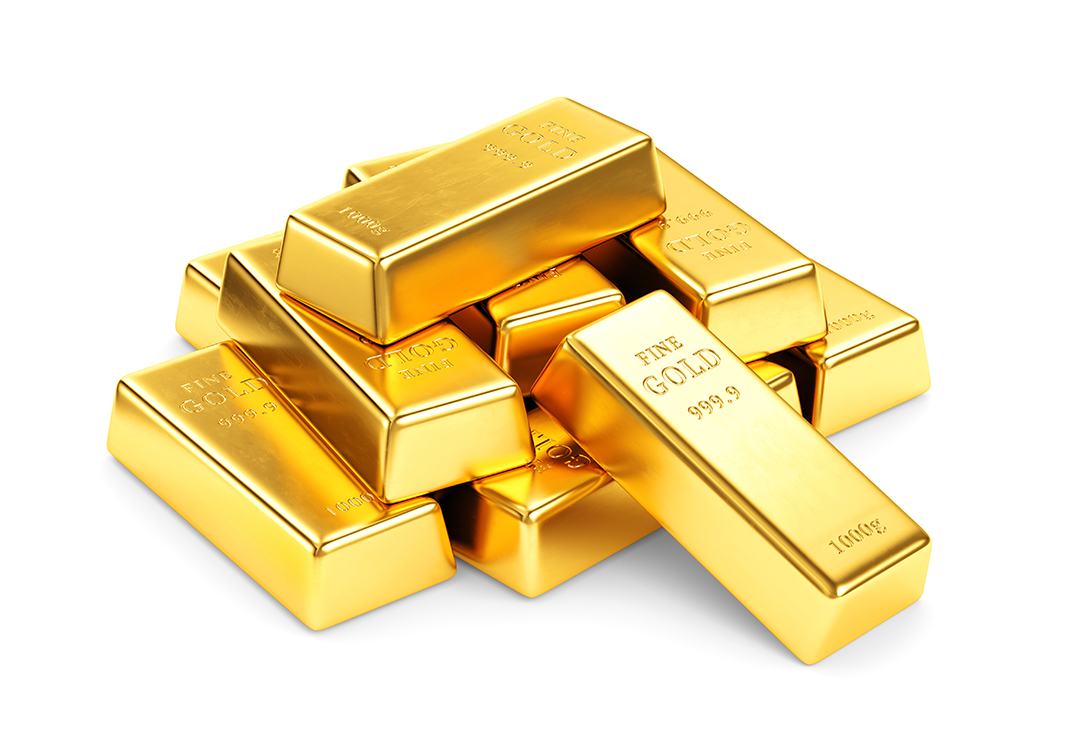Gold, often referred to as the “king of metals,” has been a symbol of wealth and prosperity for centuries. Investing in gold is a wise choice for those looking to diversify their portfolios or safeguard their assets against economic uncertainties. One of the common ways to invest in gold is by purchasing gold bars, and the 10-gram gold bar is a popular choice among investors. In this article, we will delve into the factors that determine the worth of a 10-gram gold bar, providing you with valuable insights for your investment decisions.
1. The Current Market Price of Gold
The first and most crucial factor that determines the value of a 10-gram gold bar is the current market price of gold. Gold prices are highly dynamic and can fluctuate from day to day, even hour to hour. These fluctuations are influenced by various global factors, including economic conditions, geopolitical events, and supply and demand dynamics.
Global Economic Conditions: Economic stability or instability in major economies can significantly impact gold prices. In times of economic uncertainty, gold often serves as a safe-haven asset, driving up its demand and price.
Geopolitical Events: Political tensions, conflicts, or major global events can create uncertainty in financial markets, leading investors to seek the safety of gold, which can drive prices higher.
Supply and Demand: The basic law of supply and demand plays a vital role in gold prices. If the demand for gold exceeds its supply, prices tend to rise.
2. Purity of the Gold Bar
Gold bars come in various levels of purity, typically expressed in terms of fineness. The most common levels of purity for gold bars are 99.9% (often referred to as “24-karat”) and 99.99% (often referred to as “four-nines fine”). The higher the purity, the more valuable the gold bar.
24-Karat Gold: A 10-gram gold bar with 99.9% purity contains 10 grams of pure gold, making it slightly less valuable than a 10-gram bar of higher purity.
Four-Nines Fine Gold: A 10-gram gold bar with 99.99% purity is considered more valuable due to its increased purity level.
3. Weight of the Gold Bar
As the title suggests, a 10-gram gold bar weighs precisely 10 grams. However, it’s essential to note that the weight of the gold bar itself also plays a role in determining its value. Heavier gold bars will naturally be worth more than lighter ones, assuming the same level of purity.
4. Additional Costs and Premiums
When purchasing a 10-gram gold bar, it’s essential to consider any additional costs or premiums that may apply. These costs can include:
Manufacturing Premium: The cost associated with producing the gold bar, including refining, minting, and packaging.
Dealer Markup: Dealers often charge a markup on the current market price when selling gold bars. The markup can vary from dealer to dealer, so it’s advisable to compare prices.
5. Certification and Assay
Investors often prefer certified gold bars. These bars come with an assay certificate, which provides information about the bar’s weight, purity, and authenticity. Certified bars typically command a higher price because they offer assurance and traceability.
6. Economic and Inflation Factors
Finally, it’s important to consider economic factors and inflation when assessing the worth of a 10-gram gold bar as an investment. Gold has historically acted as a hedge against inflation, preserving purchasing power over time. When central banks increase the money supply, the value of fiat currencies may decrease, making gold a valuable asset to hold.
In conclusion, the worth of a 10-gram gold bar is influenced by multiple factors, including the current market price of gold, the purity of the bar, its weight, additional costs, and economic conditions. To determine the exact value of a specific gold bar, you should check the current market prices and consult with reputable dealers. Gold can be a valuable addition to your investment portfolio, offering stability and a hedge against economic uncertainties.


